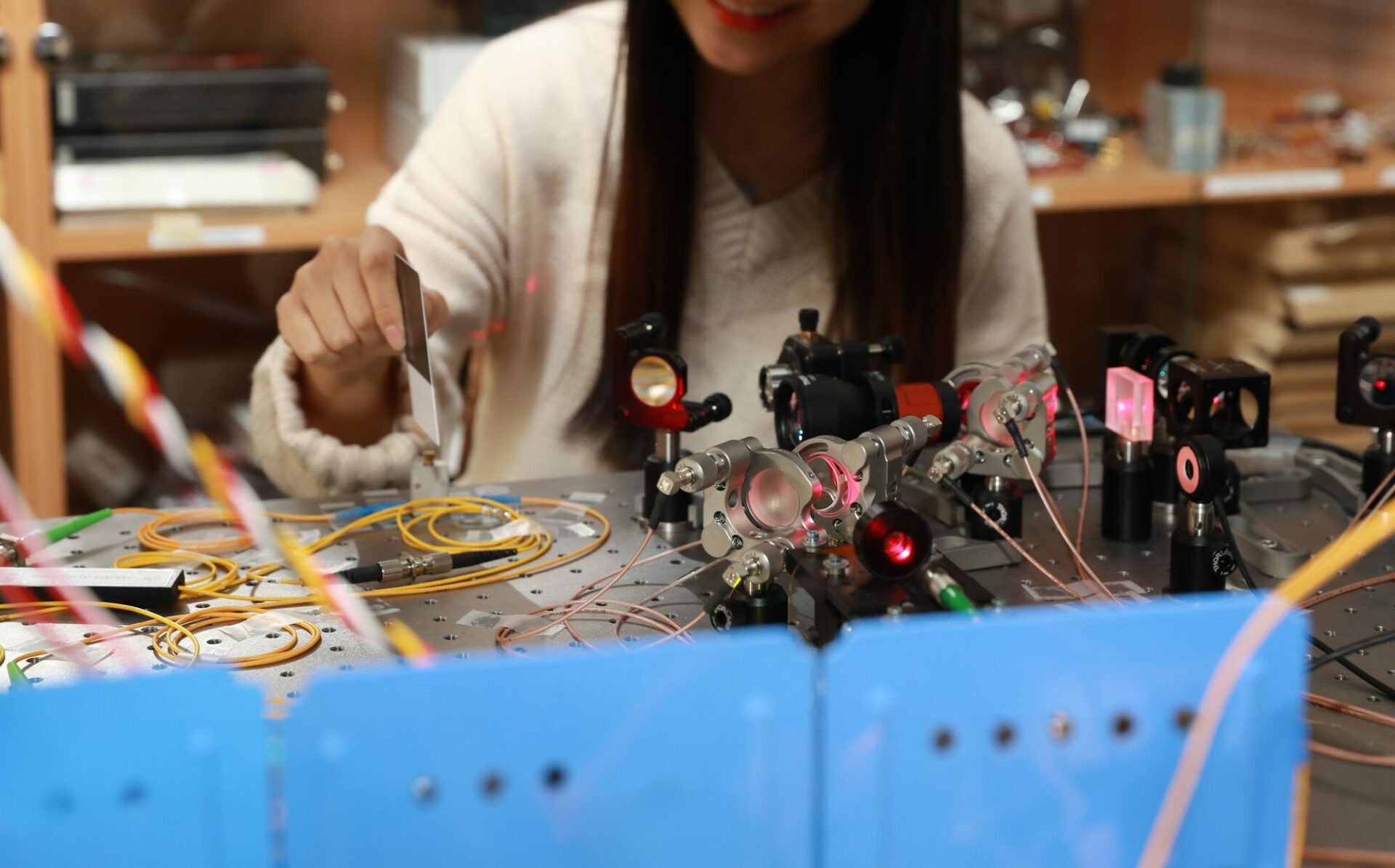
< (From left) Young Min Song, Professor, KAIST School of Electrical Engineering and H...

Research Goals and Vision
Light, in the form of photons, possesses unique properties that allow for rapid and accurate information transfer and enable various physical/chemical phenomena (including quantum) through interactions with matter. These properties have positioned light as a transformative technology across diverse areas, giving rise to the scientific discipline of Photonics. Photonics encompasses the study and application of light-based technologies, revolutionizing modern society in numerous ways.
The Photonics research at KAIST School of Electrical Engineering explores the diverse characteristics of light and develops innovative solutions in computing, information and communications, sensing, and imaging. The research covers nanophotonics, integrated photonics (silicon photonics), quantum photonics, and photonic systems, pursuing the integrative development of fundamental science and applied technology. We aim to lead innovations in photonics technology and contribute to the advancement of human society.
Key Research Areas
Photonic Systems
Nanophotonics
Integrated Photonics / Silicon Photonics
Optoelectronic (Photonic) Devices
Recent related activities in Photonics
See below for specifc ongoing research topics related to Photonics of KAIST EE.

Copyright ⓒ 2015 KAIST Electrical Engineering. All rights reserved. Made by PRESSCAT
Copyright ⓒ 2015 KAIST Electrical Engineering. All rights reserved. Made by PRESSCAT
Copyright ⓒ 2015 KAIST Electrical Engineering. All rights reserved. Made by PRESSCAT
Copyright ⓒ 2015 KAIST Electrical
Engineering. All rights reserved.
Made by PRESSCAT